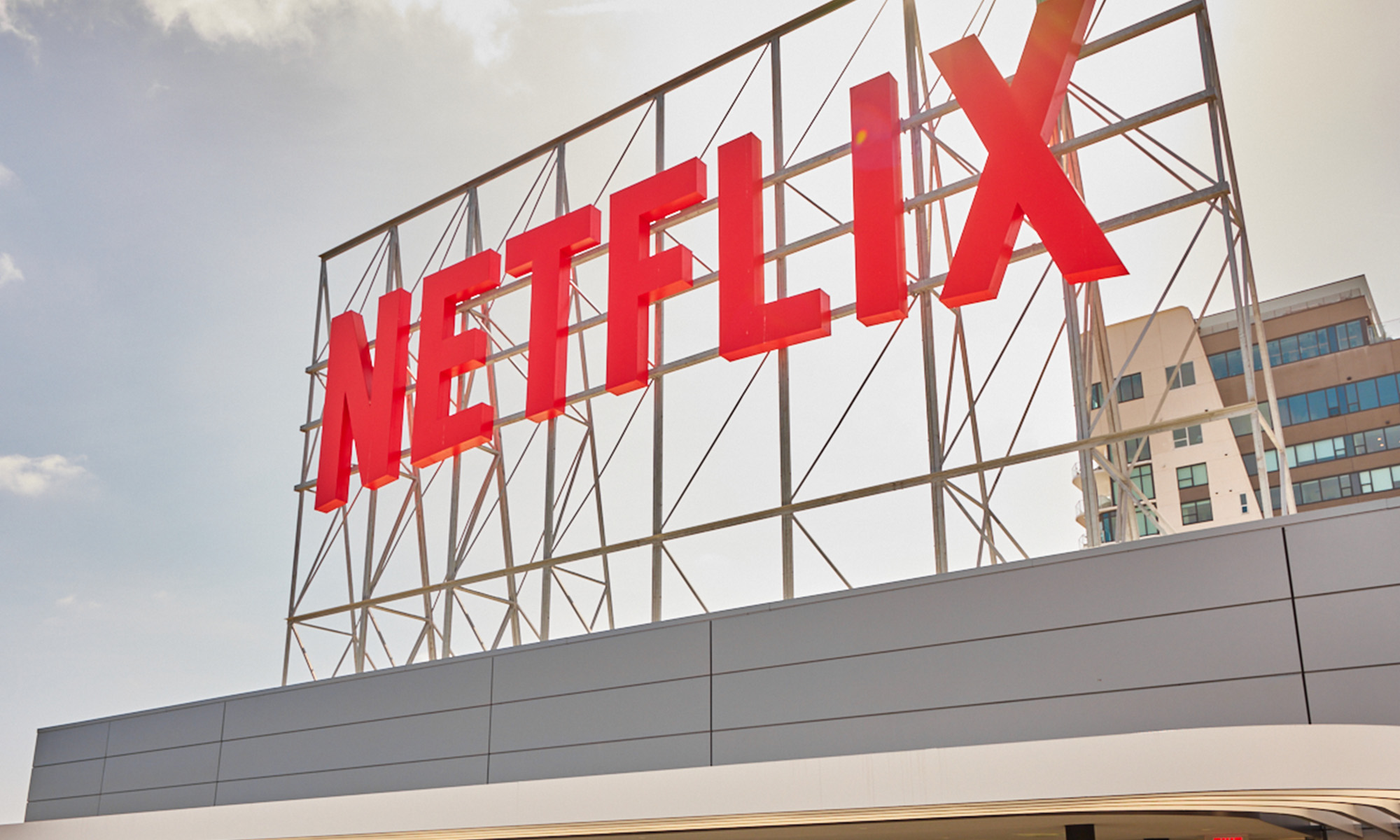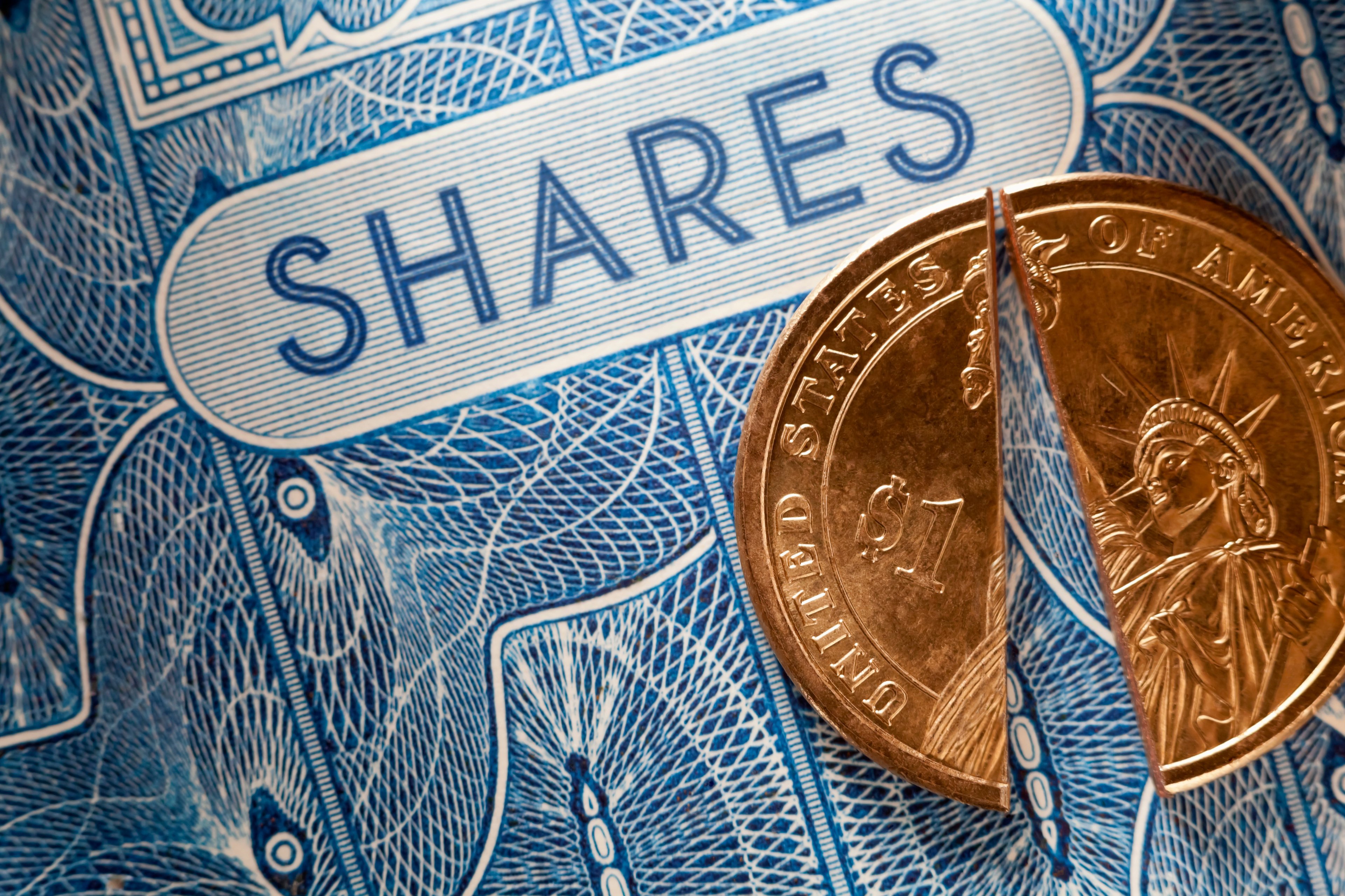There was a time when the only key commonality between Netflix (NASDAQ: NFLX) and Amazon.com (NASDAQ: AMZN) was that they were both growth companies with premium valuations. But it was inevitable that Amazon's seemingly never-ending expansion into new markets brought it right smack in the middle of Netflix core business: streaming video. Not only does Amazon now offer its own streaming video service in Prime Video, which is included in a Prime membership, but now the e-commerce giant is also ramping up its production of its own original content -- just like Netflix.

Image source: Netflix.
And there's another major commonality developing recently. Both stocks have lost about a quarter of their value since the beginning of the year amid a market sell-off that has crushed growth stocks particularly the hardest.
With shares trading so much lower, it's a good time to compare the two head-to-head so see if any insights can be gleaned.
|
Company |
Market Capitalization |
Trailing-12-Month Revenue Growth (YOY) |
P/E |
P/S |
Forward P/E |
|---|---|---|---|---|---|
|
Netflix |
$37 billion |
23% |
312 |
5.6 |
115 |
|
Amazon |
$239 billion |
20% |
406 |
2.3 |
50 |
Size
First of all, it's important to keep in mind the difference in these two companies' sizes. Amazon, with a market capitalization of $239 billion, has already surpassed industry retail leader and competitor Wal-Mart, which has a market capitalization of $212 billion. Netflix, on the other hand, is still well behind media giants Walt Disney and Time Warner, with market caps of $149 billion and $50 billion, respectively.
Of course, Netflix's smaller size compared with industry leaders doesn't automatically imply it has more room to run than Amazon, but investors should keep in mind that Netflix is a large-cap stock and Amazon is a downright megacap.
Growth
Both companies are growing at similar rates. And looking forward, there's no reason to expect any meaningful slowdown in either company's revenue.
Netflix is benefiting from a continual secular shift to online streaming video, while leveraging this trend with both an international expansion and its growing library of original content
Amazon continues to benefit from a secular shift away from brick-and-mortar shopping toward e-commerce, while leveraging this growth by consistently using its scale to put its foot in new markets, such as its Amazon-branded hardware, streaming video, and grocery services.

Amazon Fresh. Image source: Amazon.com.
Valuation
This is where it gets challenging. Both companies are currently investing the bulk of their operating profits back into their business to capture the immense growth potential ahead. This suppresses earnings and yields price-to-earnings ratios that make comparisons to other stocks difficult.
A price-to-sales ratio gives some perspective on the premium the market is awarding these stocks, but it's imperfect in putting their valuations into perspective in relation to each other. For instance, Amazon's business model is built to run on razor-thin margins, so a 2.3 price-to-sales ratio is actually extremely pricey; the average price-to-sales ratio of Amazon's peers is just 0.7. Yet the industry average for Netflix's peers is 1.9.
One metric that may provide some perspective is a forward P/E ratio. This is more useful than P/E for these two stocks, since it's based on the two companies' estimated earnings over the next 12 months. In other words, these metrics give investors a window into how the market is pricing these stocks compared with their expected earnings growth.
With the two companies growing at similar rates, valuation is the tiebreaker. Netflix's premium to forward earnings at more than double Amazon's suggests the market may be depending on more speculative growth further down the road than it is with the e-commerce giant, making Amazon look like the cheaper stock of the two. But investors should take a closer look at both companies to see just how realistic rapid earnings growth could come for these businesses as they mature and scale.







